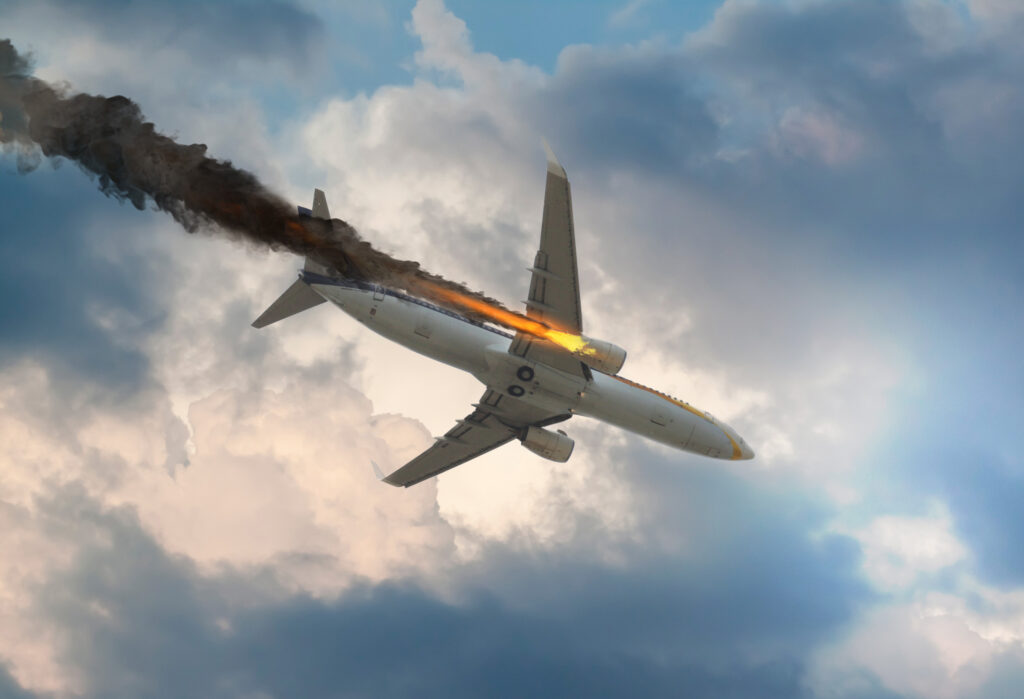How to Survive a Plane Crash: Practical Tips That Can Save Your Life

How to Survive a Plane Crash: Practical Tips That Can Save Your Life
From dressing smart to staying calm, here’s how you can prepare for the worst and improve your chances of survival.
While air travel is statistically one of the safest modes of transportation, accidents—though rare—do happen. Knowing how to act before, during, and after a crash can make all the difference. These practical survival steps are based on aviation safety research and real-life experiences.
1. Dress to Survive, Not Just Travel
Comfort is key but so is protection.Wear full-length, snug clothes made of cotton or wool. Avoid synthetics like polyester or nylon, which can melt onto your skin during a fire.
Closed-toe shoes like sneakers are essential. High heels, sandals, or flip-flops can slow you down during an evacuation.
Avoid accessories like scarves or long jewelry that could get caught or cause injuries.
2. Choose the Right Seat
Where you sit matters. Studies suggest that passengers seated within five rows of an exit have higher survival chances.Aisle seats make it easier to escape quickly, but if you can sit near the wing or exit rows (and are eligible to do so), that’s even better.
3. Stay Alert During Takeoff and Landing
These are the most critical phases of any flight.Remain awake and alert during the first and last 10 minutes of the flight.
This is when most accidents happen, and staying aware improves your chances of reacting quickly if needed.
4. Listen to the Safety Briefing, Every Time
Yes, even if you’re a frequent flier. Count the rows to the nearest exits both in front of and behind you, so you can find them in low visibility.
Understand how the oxygen mask works and where the life vest is located.
5. Know the Brace Position
During a crash, your position can reduce injury.Place your head down, hands over your head or the seat in front, and feet flat on the floor. Tighten your seatbelt low and snug across your hips, loose belts increase injury risk.
6. Don’t PanicAct
In emergencies, panic doesn’t always mean screaming,—it often looks like freezing.Most people freeze while waiting for instructions. Override that instinct by focusing on your pre-decided action plan.
Practice deep, controlled breathing if you feel overwhelmed. Mental clarity can help you escape chaos.
7. Leave Everything Behind
Your only priority is survival.Don’t reach for luggage or personal items. These waste valuable seconds and may block others.Focus on getting yourself and others to safety. A few seconds delay can be fatal.
8. Be Physically Prepared
It’s not often mentioned, but being fit helps. A slimmer or more flexible body can move more easily through cramped spaces or wreckage.Even light regular exercise can make a difference in your ability to move quickly in emergencies.
9. Get Away from the Wreckage
Once out of the plane, move at least 150 feet away from the aircraft. Leaking fuel and risk of explosion remain high immediately after a crash.Stay alert for further instructions or hazards in the environment.
You can’t control everything on a flight, but you can control your preparation and reaction. Survival often comes down to seconds and mindset. Staying aware, calm, and ready can make all the difference when the unthinkable happens.












